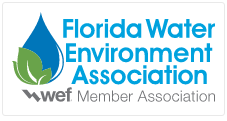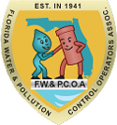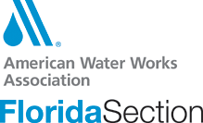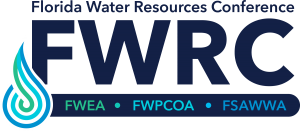Category Archives: Current News
Applications Sought for Utility of the Future Today Program
The application period is open for the Utility of the Future Today recognition (UotFT) program, which seeks to honor water resource recovery facilities for community engagement, watershed stewardship, and recovery of resources such as water, energy, and nutrients.
The UotFT utilities serve as anchor institutions in their communities, with a focus on people within the utility and the community. Diversity, equity, and inclusion initiatives are encouraged in all aspects of utility operations.
The UotFT concept is being promoted as water systems transform operations through innovation and technology. The UotFT is a model for utilities of all sizes to achieve more-efficient operations, enhanced productivity, and long-term sustainability.
Since the program launched in 2016, 203 utilities have been recognized with the honor.
The UotFT activity areas focus on:
- Community partnership and engagement
- Energy efficiency
- Energy generations and recovery
- Nutrient and materials recovery
- Water reuse
- Watershed stewardship
- Beneficial biosolids reuse
Public and private water sector utilities of all sizes that can demonstrate achievement of the application requirements are encouraged to apply by April 12.
Honorees will be notified during the summer and formally recognized during an awards ceremony at WEFTEC 2023, to be held in October in Chicago.
Since this concept was introduced in 2013, many utilities have successfully implemented new and creative programs to address local wastewater technical and community challenges.
The recognition program is a partnership among the following:
- National Association of Clean Water Agencies
- Water Environment Federation
- Water Research Foundation
- WateReuse Association
- S. Water Alliance
In addition, the program is supported by two advisory partners:
- S. Environmental Protection Agency
- S. Department of Energy
To learn more, including how to apply, visit https://www.wef.org/utility-of-the-future/ or contact UtilityRecognition@wef.org.
South Florida Water Management District (SFWMD) is Now Accepting Applications for Cost-Share Projects
The South Florida Water Management District (SFWMD) is now accepting applications for cost-share projects to develop alternative water supplies (AWS). This initiative is part of Florida’s continuing efforts to implement cost-effective strategies to conserve its precious water resources while meeting the state’s water needs. Partnering with local governments and other entities for implementation of water conservation projects and development of alternative water projects is an important and effective way to help accomplish this goal. All local governments applying for this grant must have an adopted irrigation ordinance consistent with the district’s year-round irrigation rule in place in order to be eligible for funding consideration.
Gov. Ron DeSantis requested annually recurring cost-share funding for developing water supply and water resource development projects. The SFWMD is requesting applications for funding consideration for AWS and water conservation projects within the district’s 16-county service area in anticipation of cost-share funding being appropriated for Fiscal Year 2023-24. This funding cycle corresponds to a project start date occurring on or after Oct. 1, 2023.
Eligible projects for consideration should be construction-ready AWS projects, ready-to-implement water conservation technology programs, or projects that provide the most immediate benefits.
The deadline to apply is March 2, 2023, at 4 p.m., EST. Projects may receive up to 50 percent cost-share of eligible project costs.
To apply for the funding and for more details, visit sfwmd.gov/coopfunding. For assistance with the application process or technical support, contact Stacey Adams via email at sadams@sfwmd.gov or by phone at 561-682-2577, Robert Wanvestraut via email at rowanves@sfwmd.gov or by phone at 561-682-6615, or Rosines Colon via email at rcolon@sfwmd.gov or by phone at 561-682-6715.
Opposition to House Bill (HB) 23: Water and Wastewater Facility Operators
Opposition Letter, HB 23 from FW&PCOA – Click Here






